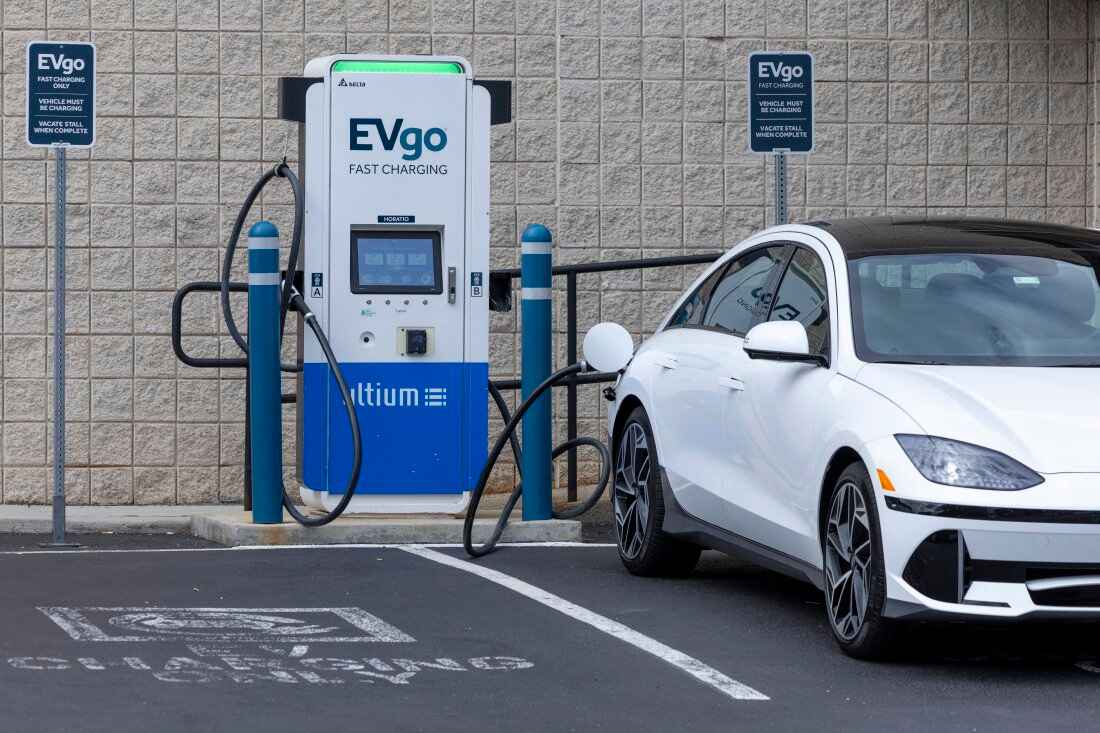Introduction
Mobile gaming has become a global phenomenon, evolving from simple puzzles to sophisticated multiplayer games with stunning graphics and real-time gameplay. As technology advances, so do the expectations of gamers. Enter 5G—the next generation of mobile connectivity—poised to transform mobile gaming forever. With lightning-fast speeds, ultra-low latency, and the ability to handle massive data loads, 5G offers a gaming experience previously thought impossible. In this blog, we’ll explore how 5G is revolutionizing mobile gaming, discuss its benefits, and showcase a real-world case study to highlight its potential.
What is 5G Technology?
5G, the fifth generation of wireless technology, is designed to enhance mobile connectivity significantly. Its key features include:
- Blazing Fast Speeds: Download speeds of up to 10 Gbps, allowing massive files to be downloaded in seconds.
- Ultra-Low Latency: A reduction in lag time to as low as 1 millisecond, ensuring seamless real-time interactions.
- Massive Connectivity: Ability to support millions of devices per square kilometer, perfect for large-scale multiplayer games.
Compared to 4G, 5G is not just an upgrade but a reimagining of how we connect and interact online, opening new doors for mobile gaming innovation.
Current Challenges in Mobile Gaming
Despite its popularity, mobile gaming faces limitations that hinder the user experience:
- Latency Issues: Delayed responses in multiplayer games can frustrate players and ruin competitive gaming moments.
- Bandwidth Limitations: High-quality games often require significant data, causing interruptions on slower networks.
- Cloud Gaming Constraints: Streaming high-performance games requires stable and fast internet, which 4G struggles to deliver.
- AR/VR Performance: Immersive technologies like augmented reality (AR) and virtual reality (VR) demand high bandwidth and low latency, often beyond 4G’s capabilities.
How 5G Transforms Mobile Gaming
5G is set to address these challenges and elevate mobile gaming to unprecedented levels. Here’s how:
1. Faster Downloads and Updates
With 5G, downloading a 10GB game takes minutes instead of hours. Updates and patches that used to interrupt gameplay can now be installed seamlessly in the background.
2. Lag-Free Multiplayer Gaming
Ultra-low latency ensures smooth and responsive gameplay, critical for fast-paced multiplayer games. Players can enjoy real-time communication and interaction without delays.
3. Enhanced Cloud Gaming
5G enables gamers to stream AAA titles directly to their mobile devices without the need for expensive hardware. Platforms like NVIDIA GeForce NOW and Google Stadia can deliver console-level graphics on smartphones.
4. Immersive AR/VR Experiences
5G’s bandwidth supports AR and VR applications, making these technologies more accessible and immersive. Games like “Pokémon GO” can evolve with features like real-world AR mapping and multiplayer interactions.
5. Expansion of Esports
With 5G, esports tournaments can be hosted on mobile platforms with minimal infrastructure, encouraging more participation. Live streaming becomes smoother, boosting audience engagement.
Opportunities for Game Developers
5G is not just beneficial for gamers; it’s a goldmine for developers:
- High-Quality Games: Developers can create graphically rich and complex games without worrying about performance issues.
- Cloud-Based Development: Cloud gaming reduces the need for physical hardware, cutting costs and enabling faster deployment.
- Innovative Features: 5G paves the way for new game mechanics, such as real-time physics, dynamic environments, and large-scale multiplayer interactions.
Case Study: “Fortnite” on 5G
Scenario: “Fortnite,” a popular battle royale game, has always pushed the boundaries of mobile gaming. However, its high-performance requirements often led to connectivity issues and lag on 4G networks.
Impact of 5G:
- Seamless Gameplay: Players on 5G experienced virtually no lag, even in densely populated areas.
- Enhanced Graphics: 5G allowed “Fortnite” to render graphics at higher settings without compromising performance.
- Increased Participation: Players reported smoother experiences in tournaments, boosting esports engagement.
Results: With 5G, “Fortnite” saw a 30% increase in active mobile players and a 25% boost in tournament participation.
Challenges and Limitations of 5G
While 5G has immense potential, it’s not without challenges:
- Coverage Gaps: 5G networks are still rolling out, and rural areas may not have access for years.
- Device Costs: 5G-enabled smartphones are expensive, limiting adoption.
- Battery Drain: High-speed data consumption can strain battery life on mobile devices.
- Infrastructure Investment: Significant costs are involved in building 5G infrastructure, slowing its global availability.
Future of Mobile Gaming with 5G
Looking ahead, 5G will shape mobile gaming in the following ways:
- Cross-Platform Play: Seamless integration between mobile, console, and PC platforms.
- AI-Driven Gaming: Enhanced AI capabilities for personalized gaming experiences.
- Massive Multiplayer Worlds: The ability to host thousands of players in a single game environment.
- Integration with IoT: Games interacting with real-world objects through IoT devices.
FAQs
Q1: How does 5G improve mobile gaming compared to 4G? A: 5G offers faster speeds, ultra-low latency, and greater bandwidth, ensuring smoother gameplay, quicker downloads, and improved multiplayer interactions.
Q2: Can 5G make cloud gaming mainstream? A: Yes, 5G’s capabilities make cloud gaming more accessible, allowing users to stream high-quality games without expensive hardware.
Q3: Do I need a 5G phone for gaming? A: Yes, to fully utilize 5G’s benefits, a 5G-compatible device is required.
Q4: Are there any drawbacks to 5G gaming? A: Limited network coverage, higher device costs, and increased battery consumption are some challenges.
Q5: Which mobile games currently leverage 5G? A: Games like “PUBG Mobile,” “Call of Duty Mobile,” and “Fortnite” are optimized for 5G, offering enhanced features and smoother gameplay.



